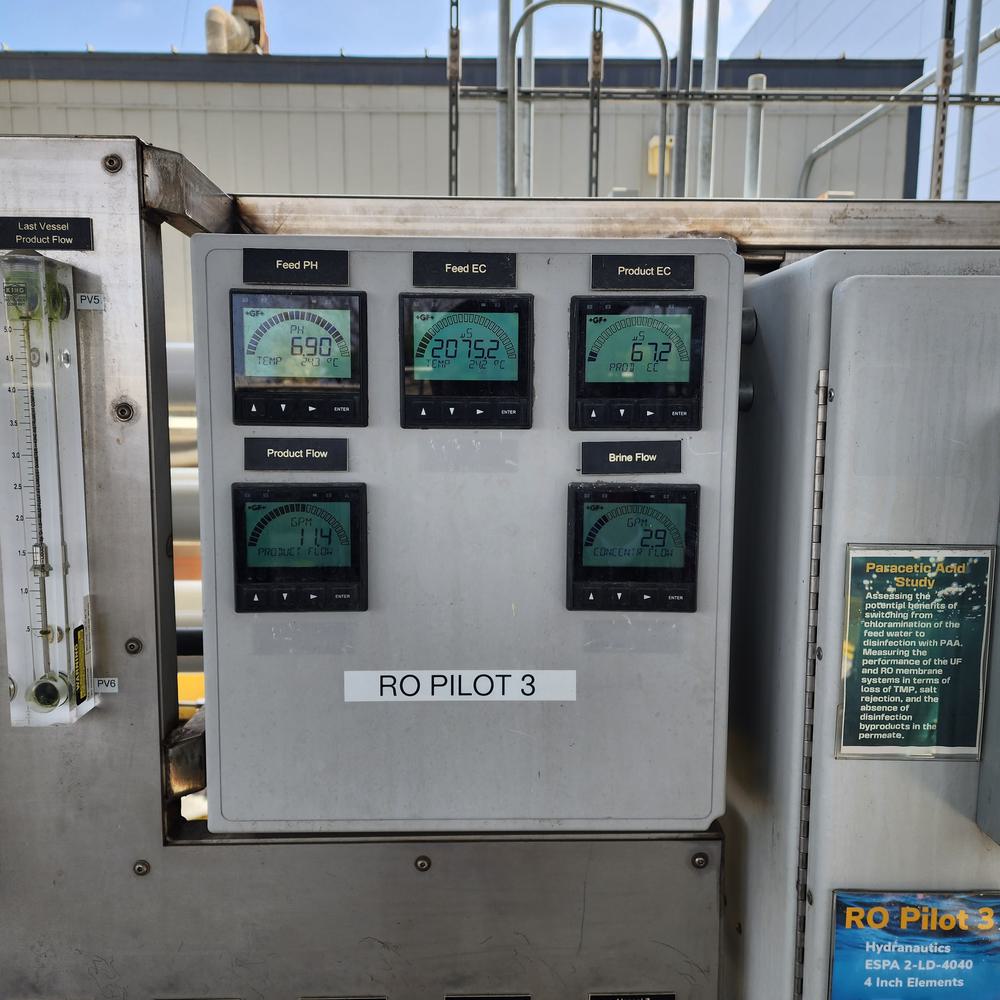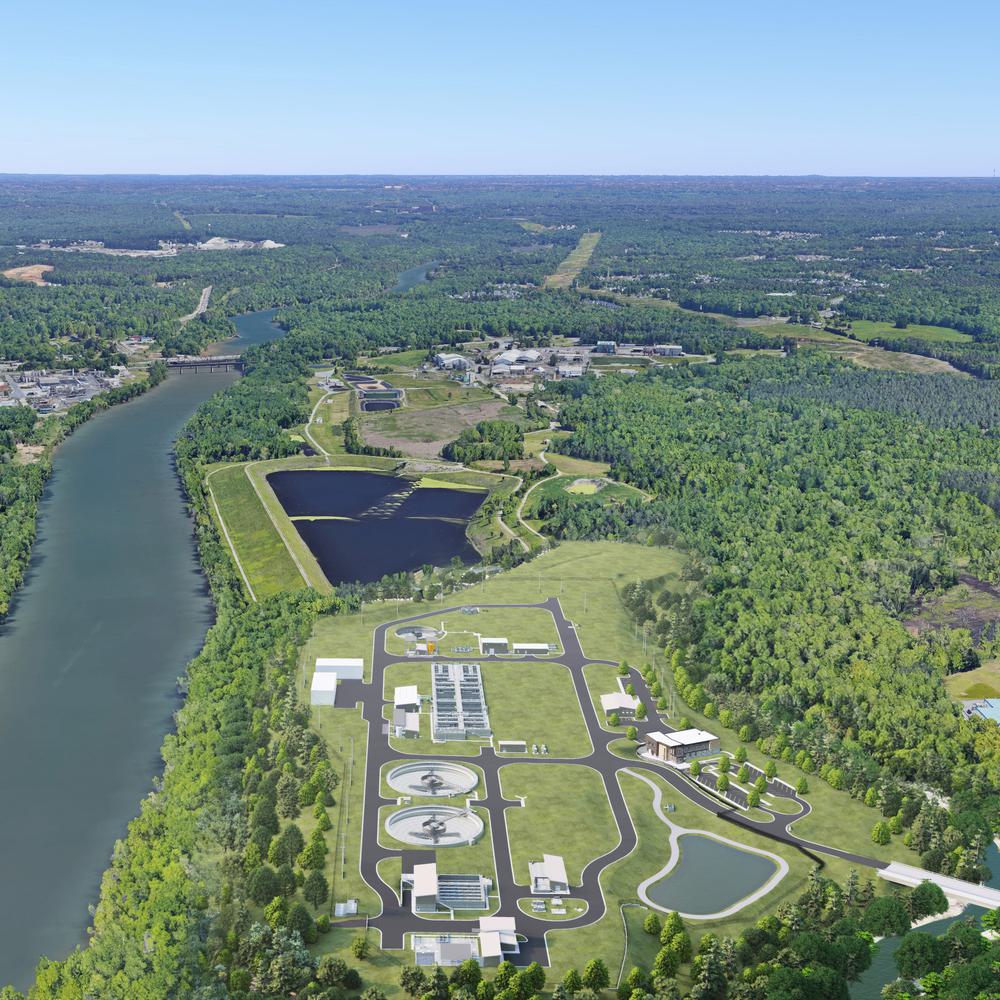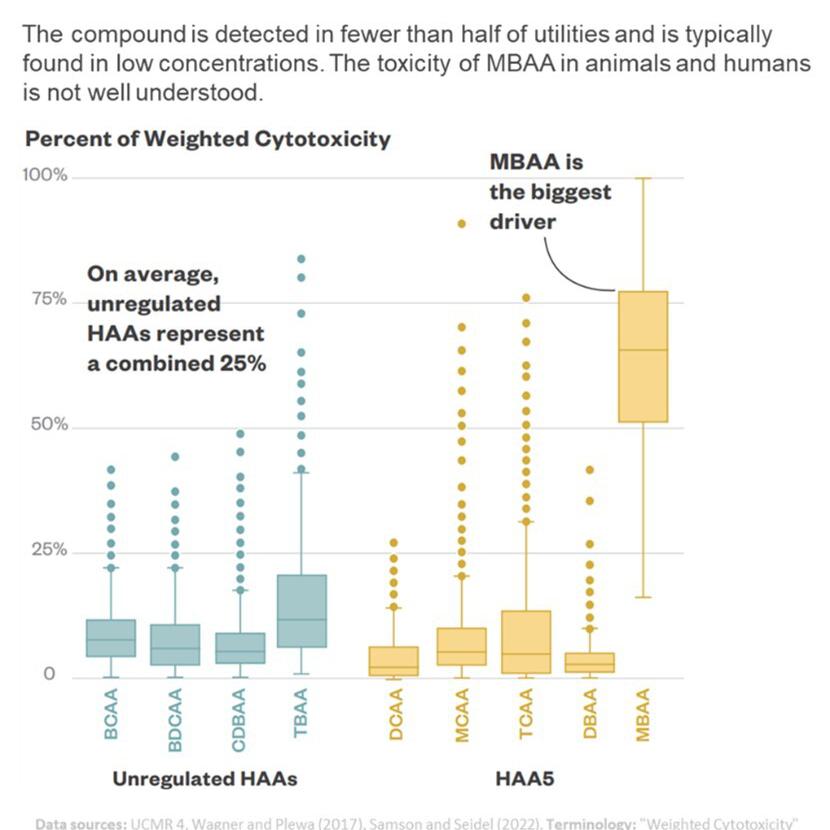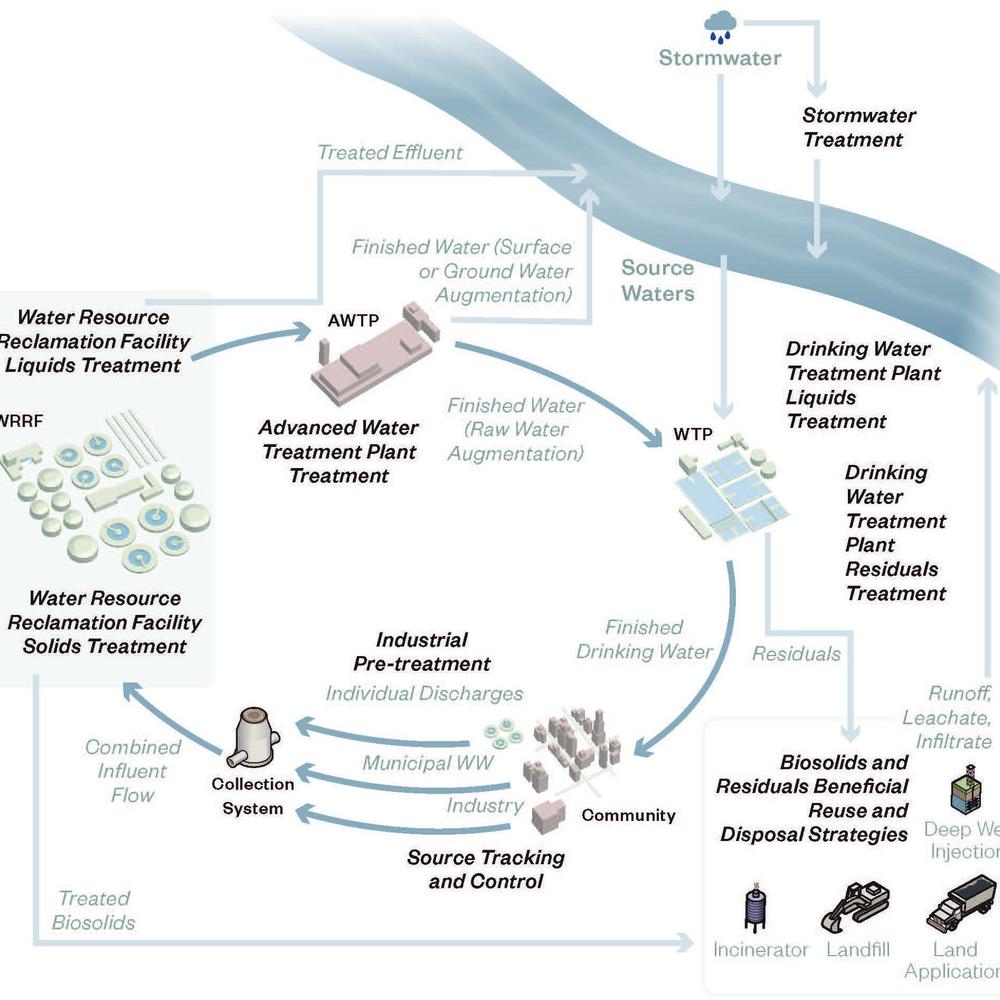Unraveling the Differences Between Densified and Conventional Activated Sludge
The Hazen Research Lab at Manhattan College is identifying and building a database of densified activated sludge characteristics to inform successful implementation of DAS at water resource recovery facilities.
At a Glance
- Study objectives include developing a database of densified activated sludge (DAS) characteristics to inform future designs, as well as identifying trends between parameters that could enable predictions of settling and nutrient removal performance.
- Findings indicate that DAS samples, which have a higher percentage of particles greater than 200 um, display greater particle strength compared to conventional activated sludge (CAS). Both of these qualities were also found to correlate with improved sludge settleability.
- Researchers are seeing consistent trends in DAS and CAS performance across facilities nationwide. As more samples are analyzed, data will gain greater accuracy and provide insights toward the optimization of DAS processes and capacity expansion.

Dr. Wendell Khunjar is Hazen's Director of Wastewater Innovation and an expert wastewater process specialist.
Related Topics:
Over the past decade, Hazen has diligently worked to advance densification of activated sludge. In 2022, the Firm commissioned a study to compare and contrast the properties of densified activated sludge (DAS) to conventional activated sludge (CAS, also known as flocculant activated sludge) in samples from water resource recovery facilities across the United States. Thirteen different plants so far have participated and sent their sludge to the Hazen Research Lab at Manhattan College, where samples are analyzed for a range of properties including:
- Particle size distribution
- Settling velocity
- Sludge compaction
- Rheology
- Extracellular polymeric substances (EPS)
- Particle strength
It's important to understand how the sludge properties vary between DAS and CAS because these qualities can impact performance and influence infrastructure design. The parameters listed above represent the first phase of the study to allow for comparison across plants to inform design and/or operations.

Lab-scale settling properties are measured using a Stiro-settleometer.

The particle size distribution of activated sludge is determined using a wet sieve method.
“The increasing shift towards DAS has made evident the need to better understand the distinctions between DAS and CAS, while establishing practical benchmarks to define the degree of densification achieved in different systems.”
~ Haley Noteboom, Assistant Engineer, Hazen and Sawyer
At this point in the study, findings indicate that DAS has distinct characteristics compared to CAS, including a larger proportion of large particles and different EPS content per mass of volatile solids. Researchers also found that in DAS systems, the large particles are stronger and more resistant to abrasion than CAS large particles.
The team was also looking for a simple and reliable way of obtaining secondary clarification modeling parameters. Settling behavior was characterized by measuring Vo (maximum settling velocity) and k (sludge compaction coefficient) using lab-scale columns and field settling columns. Distinct differences were observed between DAS and CAS for settling behavior parameters.
Sludge Volume Index (SVI), Stirred Sludge Volume Index (SSVI), Vo, and k indicate advanced settling properties.
- SVI is settling data self-reported by plants using the standard settleability method
- SSVI is settling data recorded in a lab using a Stiro-settleometer
- Vo measures maximum settling velocity
- K measures floc compaction

The DAS samples consistently had lower SSVI30 measurements, higher Vo values, and lower k values as compared to CAS, representing enhanced settling and better compaction, respectively.
Tracing the Story of Sludge
A database of activated sludge properties for the participating plants is being built as more samples are characterized at the lab. Each sample received provides a snapshot of sludge properties at a certain point in time. States Hazen lead researcher, Haley Noteboom, “Measuring activated sludge properties over time while plant performance and conditions change allows us to better understand what’s happening in the secondary system. Collecting samples when the plant is performing well lets us work backwards to see how properties change in the event of a performance upset.”
Planning for the Future
As the project moves forward, Hazen researchers will continue analyzing samples and expanding the database of DAS and CAS characteristics. The database will contribute significantly to the understanding and optimization of DAS and CAS processes in water resource recovery facilities. Regularly updated findings will provide practical guidance for plant operators, inform design choices, and pave the way for more advancements in DAS characterization and treatment.
Header image caption: Beginning in 2022, the Hazen Research Lab at Manhattan College has analyzed and compared DAS and CAS samples from participating water resource recovery facilities that are affiliated with the Firm. Each plant has been sampled 2-4 times over the course of the ongoing project.





















